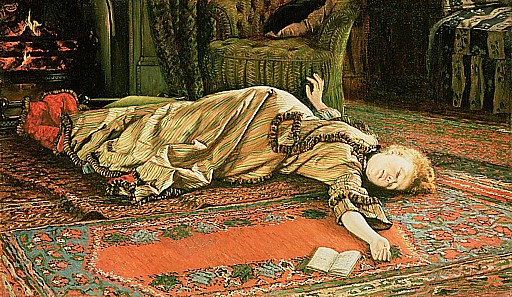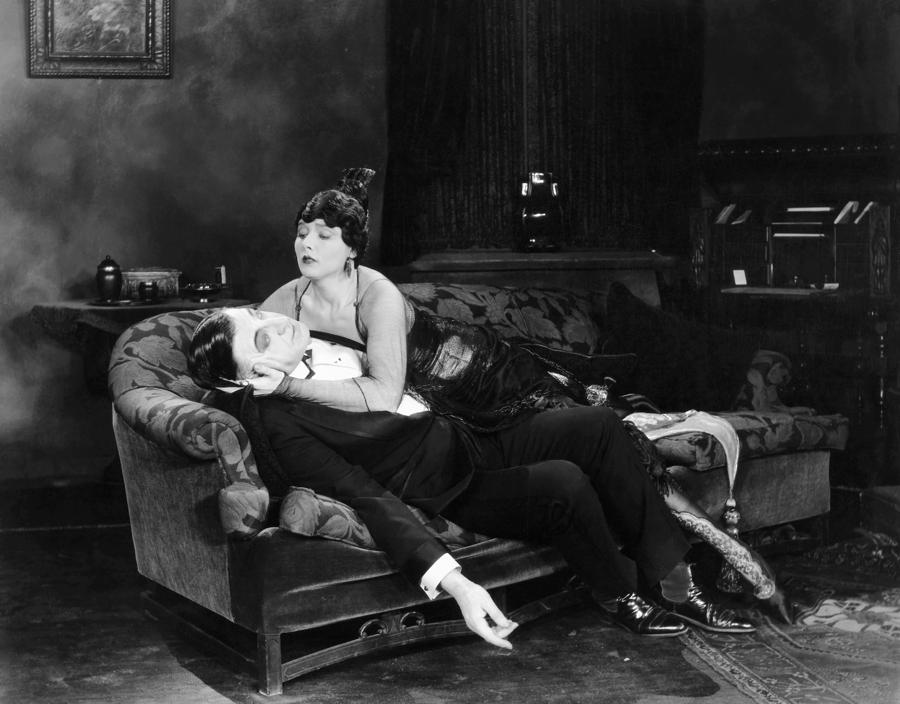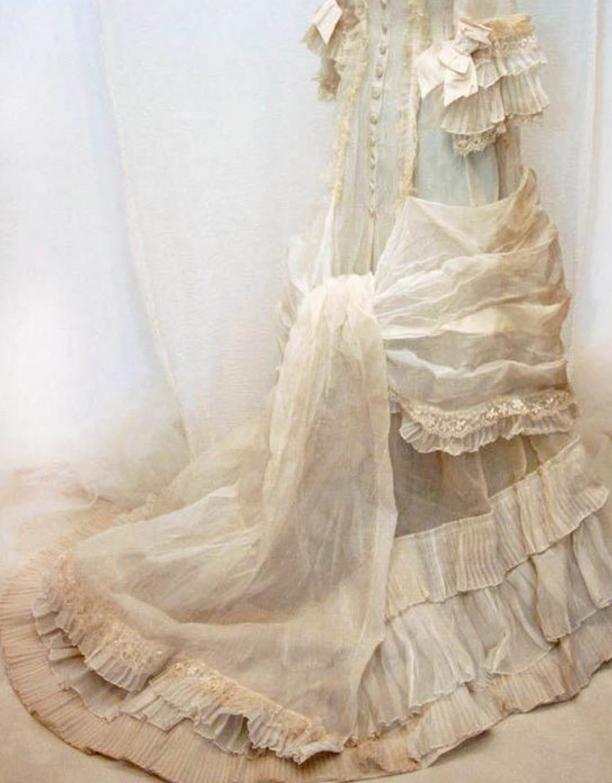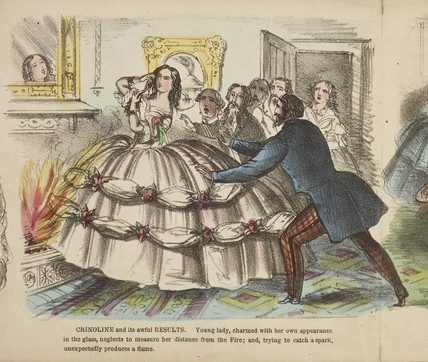
This was the day of our 27th wedding anniversary – and my husband’s birthday. So, we did out favourite thing and visited the museum across the road from where were staying: The Museum of New Zealand Te Papa Tongarewa. We ended up spending six hours there, including meal breaks. We didn’t take many photos; most exhibits requested no photography.
The museum is also an art gallery. We started in the portrait gallery, which has a computer set up to explain who the people were in all the portraits. It also gave random facts about the restoration of the paintings, some of the meanings and symbology within the paintings, and historical context. Brilliant stuff. There was also a gallery showing by Robyn White.
The more traditional exhibits were about indigenous animals, the Maori way of life, the tectonics of New Zealand, and a tribute to the ANZACs with large human sculptures done by Weta Workshop.
We also visited the Wellington Museum, about four blocks away on the same street. It is a much smaller museum, set into an old wool storehouse. My favourite piece there was the memento mori wreath made from the hair of scores of people – very Victorian era; my Steampunk persona was fascinated by its complexity. Most hair used in this manner was preserved in lockets, brooches, and rings. There was a clever use of the hair colours to pick out the details in the wreath.

There was an exhibit about the wreck of the ferry, Wahini, which made me cry due to so many little bodies lined up on the beach afterwards. Later on, I remembered we were taking a ferry to Picton and had anxiety over that. I kept checking the weather apps on my phone.
They also had an exhibit about the UFO panic of the late 1950s. Wellington has been paranormal for decades, it appears.

After being on our feet for hours and hours, we headed back to the hotel for a nap. There was sparkling white wine on ice and little cakes waiting for us … the staff knew it was our anniversary. That night, we had a romantic dinner at the hotel’s restaurant. I love my husband more every day, and was pleased he had a fun day for his birthday.



































































































